Let’s be honest, creating a beautifully stable cream is both an art and a science. You mix your phases, add your emulsifier, blend with hope and excitement… and then boom, your cream looks perfect. Until it doesn’t. A few hours or days later, it separates, curdles, or turns watery. Frustrating? Oh yes. But also completely fixable and more common than you’d think.
As a professional formulator, I can tell you, even the best emulsions can misbehave if one tiny detail goes out of balance. But here’s the good news: once you understand the why, you gain the power to control the how. Why did it separate? Was it the wrong emulsifier? Temperature issue? pH mismatch? We’re going to decode all of that, step by step.
In this blog, I’ll walk you through why emulsions break down, what signs to watch out for, how to fix a cream that’s already separated, and most importantly, how to prevent it from happening again. So, grab your formulator notebook, and let’s troubleshoot like pros.
Your next cream will thank you for it.
What Exactly Is an Emulsion?
Before we jump into the “why it broke,” let’s take a quick pause to understand what an emulsion really is, because when we know what we’re building, it’s easier to figure out why it collapsed.
An emulsion is a delicate relationship between oil and water, two ingredients that don’t naturally want to be together. Imagine trying to mix oil and water in a bowl, they instantly separate, right? That’s where emulsifiers come in. Think of them as the matchmakers who help oil and water get along and stay together in one happy, creamy union.
There are two main types we work with:
- Oil-in-water (O/W): Tiny oil droplets dispersed in water. This is the most common type in moisturizers and lotions, it feels light and absorbs quickly.
- Water-in-oil (W/O): Tiny water droplets suspended in oil. These are richer, heavier, and more water-resistant, think cold creams or barrier balms.
To make either of these emulsions stable, we need a few key elements:
- The right emulsifier system (primary + co-emulsifier)
- A balance in phase ratios (how much oil vs. water)
- Proper temperature control
- Controlled shear mixing
- And sometimes, a little help from stabilizers like gums, waxes, or fatty alcohols
Once all these come together, you get that smooth, velvety, stable cream that customers love. But if even one piece of that puzzle is off? That’s when things start to separate. And don’t worry, we’re going to talk about all of that next.
Ready to spot the signs of a cream heading for trouble? Let’s go.
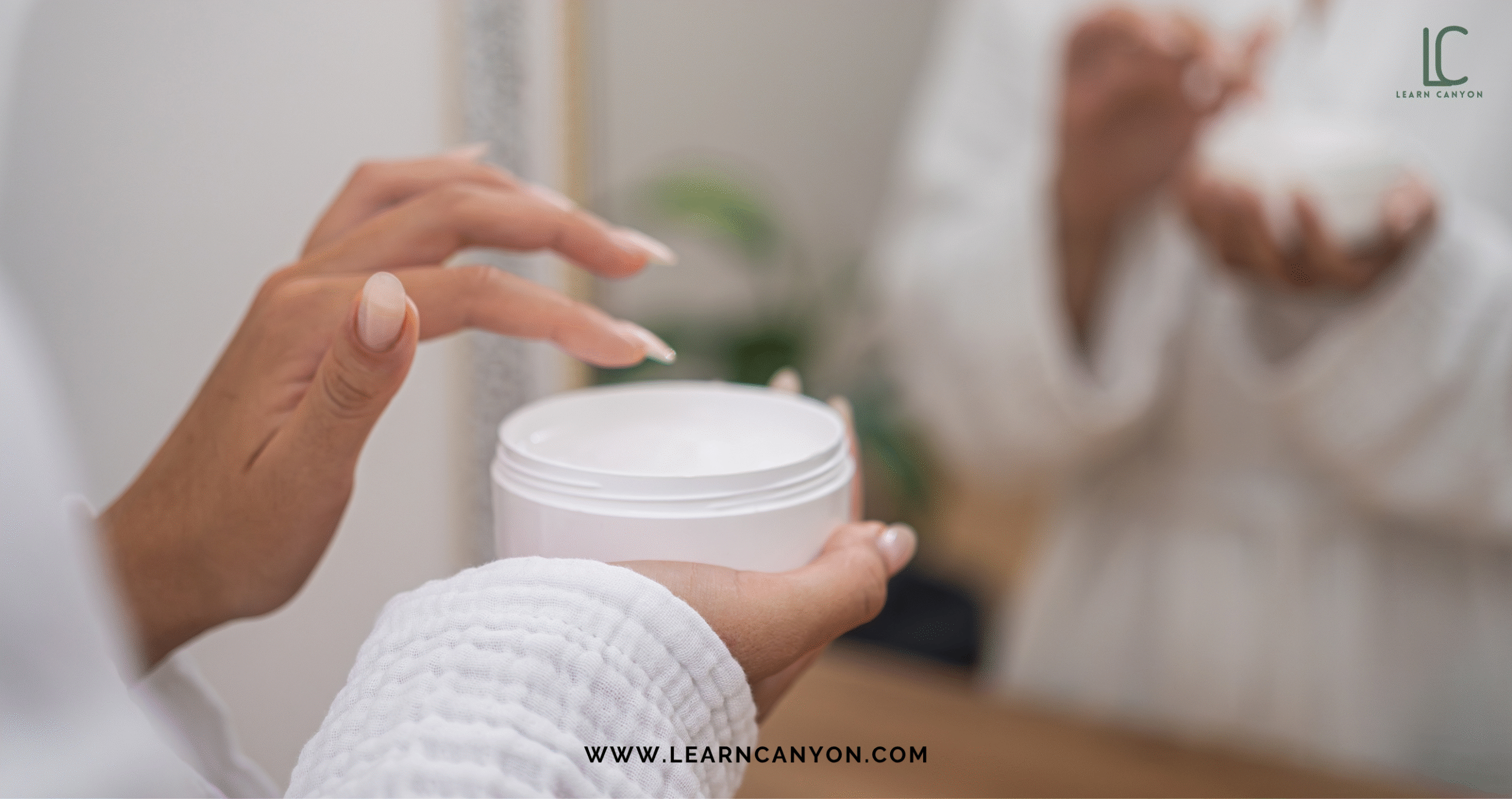
Signs Your Cream Is Breaking
Alright, so you’ve whipped up what looked like the perfect cream, it felt silky, smelled divine, and had that satisfying, glossy texture. But then… a few hours or days later, something feels off. Don’t ignore those signs, your emulsion is trying to tell you something.
Here’s how to spot when your cream is breaking down:
Water Pooling or Leaking from the Cream
This is one of the most common red flags. You might see a little puddle of water forming on top or around the edges of your cream jar. It means the oil and water phases are starting to separate.
Lumpy or Curdled Texture
If your cream starts looking grainy, lumpy, or weirdly thick in spots, your emulsion may have partially broken. It’s a bit like yogurt gone wrong, not what you want in a moisturizer!
Oiliness or Greasy Layer on Top
Notice an oily film sitting on the surface? That’s your oils escaping the emulsion because they’re no longer being properly held in place by your emulsifier system.
Loss of Viscosity
If your once-rich cream starts thinning out and feels more like a lotion, or even worse, watery, it means the emulsion is destabilizing. It could be due to pH shift, poor emulsifier choice, or incorrect phase ratios.
Separation on Storage
Your cream might look fine at first but after a few days (or post a freeze-thaw cycle), it splits. This delayed instability is especially important to catch during stability testing.
When any of these signs show up, don’t panic. Think of them as clues your formulation is giving you to help you improve. It’s all part of the learning process, and yes, even seasoned formulators (like me!) have had their fair share of broken batches.
Top Reasons Creams Separate
Now that we know how to spot a broken cream, let’s talk about the why. Because when you understand the root cause of separation, you can fix it, prevent it, and even teach others how to troubleshoot like a pro.
Here are the most common culprits behind a rebellious, splitting cream:
Wrong Emulsifier (or Not Enough of It)
This is probably the most common reason. Not all emulsifiers are created equal, and choosing the wrong type, or using too little, means your oil and water phases won’t hold together.
Tip: Make sure your emulsifier system matches your formulation type (O/W or W/O) and oil load.
Poor Temperature Control
Did you heat your oil and water phases separately, but one was 65°C and the other was 80°C? That mismatch can totally throw off the emulsion.
Tip: Always aim to combine both phases at similar temperatures, ideally around 70°C, unless your emulsifier has specific instructions.
pH Too High or Too Low
Some emulsifiers are pH-dependent. If the final pH of your cream is outside the effective range, it can destabilize the whole structure.
Tip: Check your emulsifier’s stability range and adjust your pH accordingly, especially after adding actives like AHAs or niacinamide.
Phase Ratio Imbalance
Too much oil in a lightweight lotion base? Not enough water in a rich cream? An incorrect water-to-oil ratio can overload your emulsifier and cause the emulsion to collapse.
Tip: Keep your oil phase typically between 15–30% for O/W emulsions unless your emulsifier system is built for higher loads.
Inadequate Mixing (or Overmixing!)
Yes, both can be an issue. Low shear may not fully disperse the phases, but over-shearing can introduce excess air and destabilize your texture.
Tip: Mix at moderate speed and avoid whipping air into the batch, think smooth and controlled, not a milkshake blender.
No Stabilizers or Thickeners
Creams need body to stay stable! Ingredients like cetyl alcohol, xanthan gum, or carbomers help reinforce the emulsion’s structure and prevent water and oil from drifting apart.
Tip: Always include at least one structural support, especially in lightweight lotions or actives-heavy formulations.
High Electrolyte Content
Actives like magnesium, zinc, or even certain botanical extracts can carry electrolytes that mess with the emulsifier’s function.
Tip: Use emulsifiers known to tolerate electrolytes, or reduce the concentration of those tricky actives.Think of each batch that separates not as a failure, but as a formulation lesson. Every split cream is telling you something, and once you listen to those little signs, you’ll find your groove.
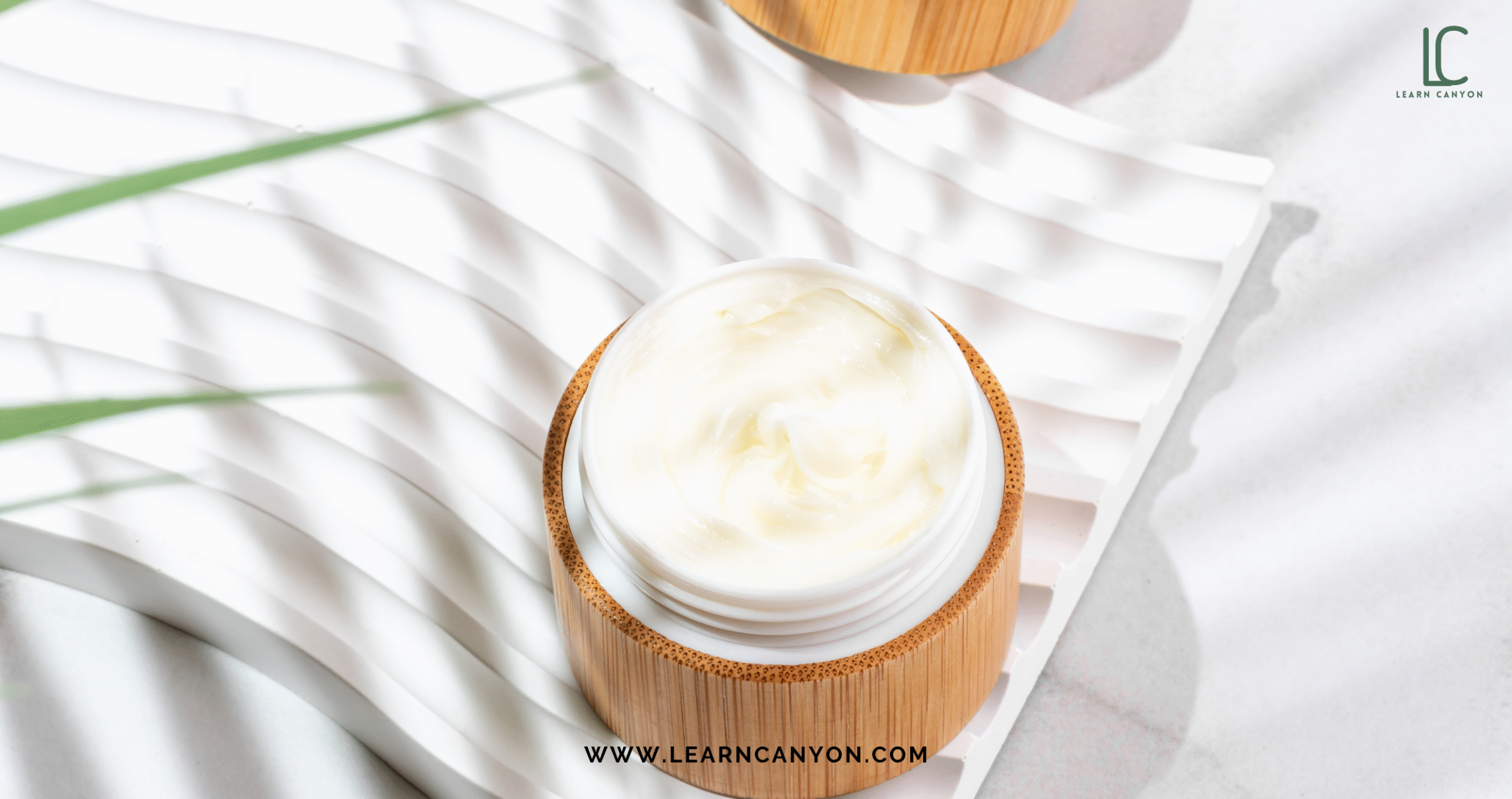
How to Fix a Broken Emulsion (If It’s Not Too Late!)
Okay, so your cream has separated, and now you’re staring at it like, “Can I save this, or is it heading for the bin?”
Well, good news: sometimes you can bring it back to life!
It all depends on how far gone it is, and what kind of separation you’re dealing with.
Here’s your formulator rescue plan:
Option 1: Reblend with High Shear
If your cream has only partially separated, maybe a little pooling or oil floating on top, try giving it a good, high-shear blend.
Use your immersion blender (stick blender) for 1–3 minutes to re-emulsify. Sometimes that’s all it needs!
Pro tip: Warm it slightly in a water bath (around 40–45°C) before reblending to help everything reincorporate smoothly.
Option 2: Add a Bit More Emulsifier
If reblending alone doesn’t do the trick, you can try adding 0.5–1% extra emulsifier (same one you used originally) into the warmed mixture.
Blend it again thoroughly. This gives the emulsion more “glue” to hold everything together.
Just be cautious, adding too much can throw off texture and skin feel, so go slow and note the changes.
Option 3: Heat and Re-Emulsify
If your formulation is heat-stable and doesn’t contain sensitive actives or essential oils, you can gently reheat both phases to around 70°C, remix, and cool again.
This works best if you suspect improper temperature blending caused the split.
Important: Only use this method if you’re still in the formulation/testing stage, not for a final retail batch!
When to Let It Go
Sometimes, no matter what you do, that cream won’t come back together. If the texture is completely broken (like curdled milk), or your actives are sensitive to multiple heatings or shear, it’s best to let it go and start fresh.
And honestly? That’s okay. Every broken batch teaches you more about your formulation system, and next time, you’ll know exactly what to tweak.
So before you give up, try the rescue steps above and see what happens. And of course, document everything in your formulator notebook, what worked, what didn’t, and what you’ll do differently next time. That’s how you turn every oops into “Ohh, I get it now!”
Prevention Is Better Than Cure
Let’s be real, fixing a broken emulsion is handy, but you know what’s even better? Creating a cream that doesn’t break in the first place.
When you take the time to build your formula with intention and follow the right process, you’ll see a big difference in both texture and long-term stability.
Here are my tried-and-true tips to help you prevent separation before it happens:
Choose the Right Emulsifier System for Your Formula
Not all emulsifiers are created equal. Some are designed for light lotions, others for thick body creams, and some even need co-emulsifiers to perform well.
Pro tip: Always check if your emulsifier requires a specific oil phase percentage, pH range, or co-ingredients like fatty alcohols to do its best work.
Balance Your Phases Thoughtfully
Too much oil can overload your emulsifier, and too little can make the cream feel watery or unstable. Aim for a balanced ratio based on your desired viscosity.
General guide: For oil-in-water emulsions, keep oil phase between 15–30% unless you’re using a system that can handle more.
Maintain Uniform Heating Between Phases
Temperature plays a critical role. Heat both your oil and water phases to the same temperature, typically around 70°C, before combining.
This helps everything emulsify smoothly and evenly without shocking the emulsion.
Blend Smart, Not Too Much, Not Too Little
Use your stick blender to emulsify until you reach a uniform, creamy consistency, then stop.
Over-blending can whip in air (hello, bubbles!) and under-blending can leave your emulsion weak and wobbly. Think of it like whipping cream, smooth and steady wins the race.
Stabilize Your Structure with Helpers
Stabilizers are like scaffolding for your cream, they support the emulsion and keep it from collapsing.
Some of my favorites:
- Cetyl alcohol (adds structure and silky feel)
- Cetearyl alcohol (great for thick, stable creams)
- Xanthan gum or HEC (for light gels and lotions)
- Carbomers (excellent for thick emulsions with a luxurious glide)
Even just 0.2–1% of the right stabilizer can transform your formulation.
Add Electrolyte-Sensitive Ingredients with Care
Botanical extracts, clays, and mineral-rich actives can interfere with emulsions. Either choose emulsifiers that tolerate them or add these sensitive ingredients during cool down, once the emulsion has formed.
Document Everything, Even the Fails
Formulation is a journey, and your notes are your compass.
Track temperatures, pH, order of ingredients, shear time, and what worked or didn’t. These details are gold when you’re troubleshooting or scaling up.
So remember: a stable emulsion doesn’t happen by accident, it’s a combination of the right ingredients, the right technique, and a little formulation wisdom (which you’re definitely building every day).
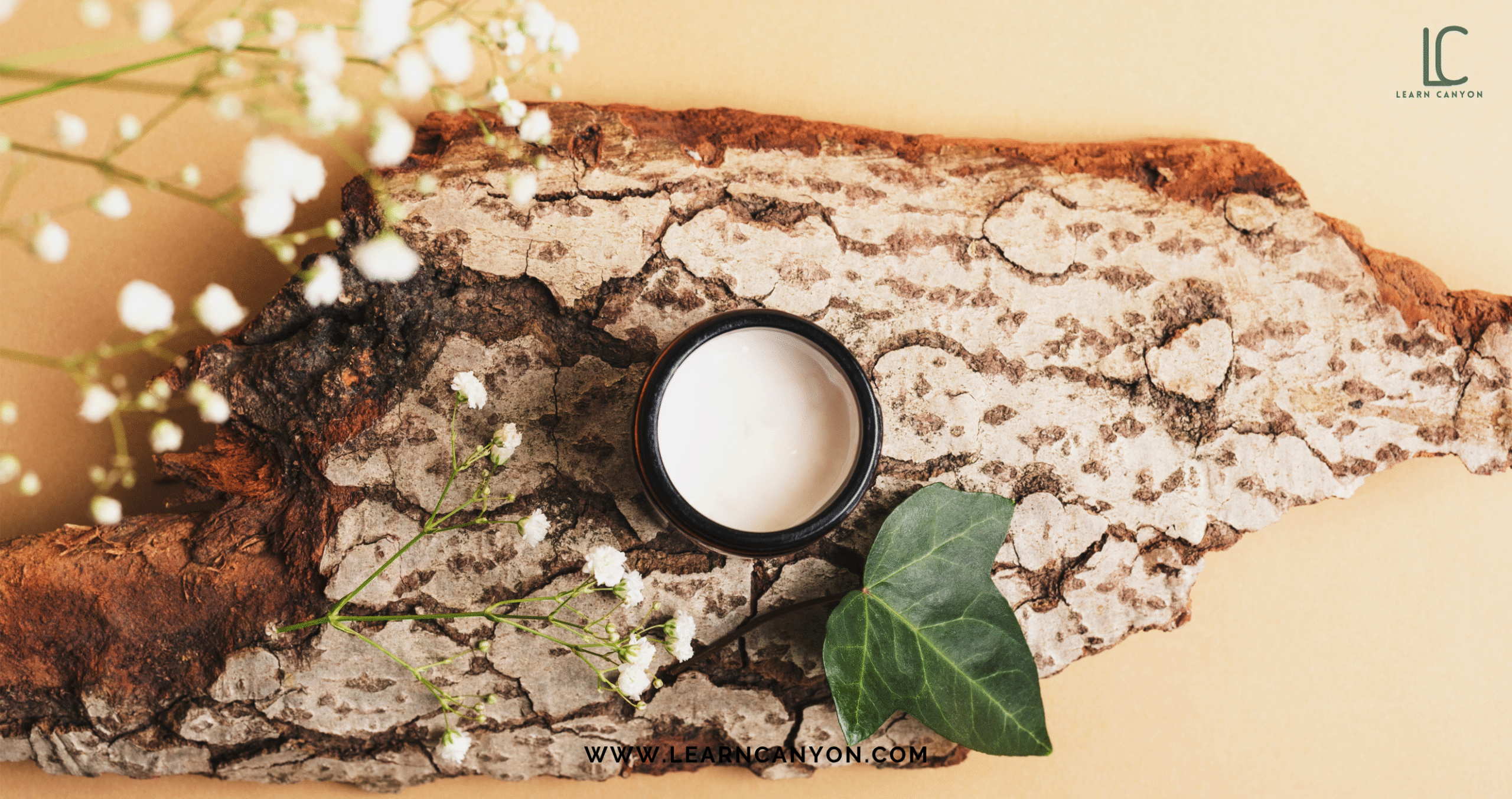
Priya’s Rescue Formula: A Stable Base Cream That Doesn’t Break Easily
Now that we’ve talked about the causes and fixes, let me share a base formula I absolutely love, simple, beginner-friendly, and beautifully stable. This one’s perfect if you’ve experienced a few cream disasters and just want something that works without drama.
It’s a lightweight yet nourishing cream that works for most skin types, absorbs beautifully, and gives you a great starting point to customize with actives, essential oils, or botanical extracts later on.
Formula: Stable Base Moisturizing Cream (100%)
Phase A – Water Phase
- Distilled Water – Qs%
- Glycerin – 3%
- Panthenol (Pro-Vitamin B5) – 2%
- Allantoin – 0.5% (Soothing, water-soluble)
Phase B – Oil Phase
- Jojoba Oil – 5%
- Sweet Almond Oil – 5%
- Shea Butter – 4%
- Emulsifying Wax (e.g., Ritamulse SCG or Olivem 1000) – 6%
- Cetyl Alcohol – 2% (Thickener & stabilizer)
Phase C – Cool Down
- Vitamin E – 0.5%
- Preservative (e.g., Geogard ECT or Liquid Germall Plus) – 1%
- Optional: Essential oils (e.g., lavender, chamomile) – 0.5%
- Adjust pH to 5.0–5.5 if needed
Method:
- Heat Phase A and Phase B separately to ~70°C.
- Once both phases reach the same temperature, slowly pour Phase B into Phase A while blending with an immersion blender.
- Blend for 1–2 minutes, then switch to gentle stirring as the mixture cools.
- When the emulsion drops below 40°C, add Phase C ingredients one by one.
- Adjust pH if necessary using a diluted citric acid or sodium bicarbonate solution.
- Bottle in airless pumps or jars once fully cooled.
This base is soft, smooth, and incredibly forgiving, a dream for testing actives or experimenting with textures. And because it includes a great emulsifier-stabilizer combo (plus cetyl alcohol for structure), it holds together beautifully even in challenging conditions.
Pro Tip from Me: If you’re experimenting with botanical extracts or hydrosols, swap up to 20% of the water phase with those, but make sure your preservative system is still effective!
Conclusion
Let’s be honest, every formulator, no matter how seasoned, has had a cream separate on them at some point. (Yes, even me… more times than I care to admit!) But the beauty of formulation is that every “oops” moment is actually an opportunity to learn, refine, and come back even stronger.
Creams separate for a reason. And once you understand the why, whether it’s emulsifier mismatch, phase imbalance, or process error, you become the kind of formulator who’s not just following recipes, but truly understanding the science behind them.
So next time your cream curdles, don’t be discouraged. Instead, ask yourself:
- What did I change?
- Did I track my temps and pH?
- Can I tweak my emulsifier system or add a stabilizer?
Because that’s where the magic happens. In those small tweaks and thoughtful observations, you move from hobbyist to pro.
And remember, you’re not alone on this journey. Whether you’re formulating for fun, building your skincare brand, or teaching others like I do, every batch teaches you something valuable. Keep experimenting, stay curious, and above all… never let one broken cream break your confidence.
You’ve got this formulator. And I’m always cheering for you.

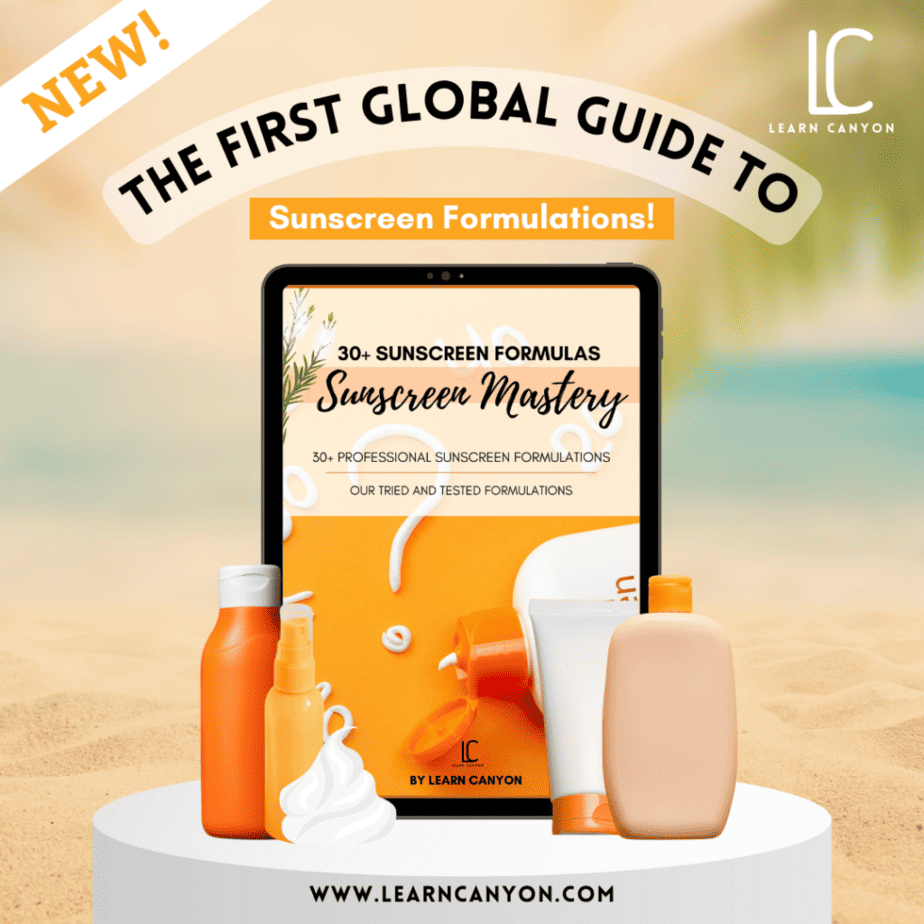
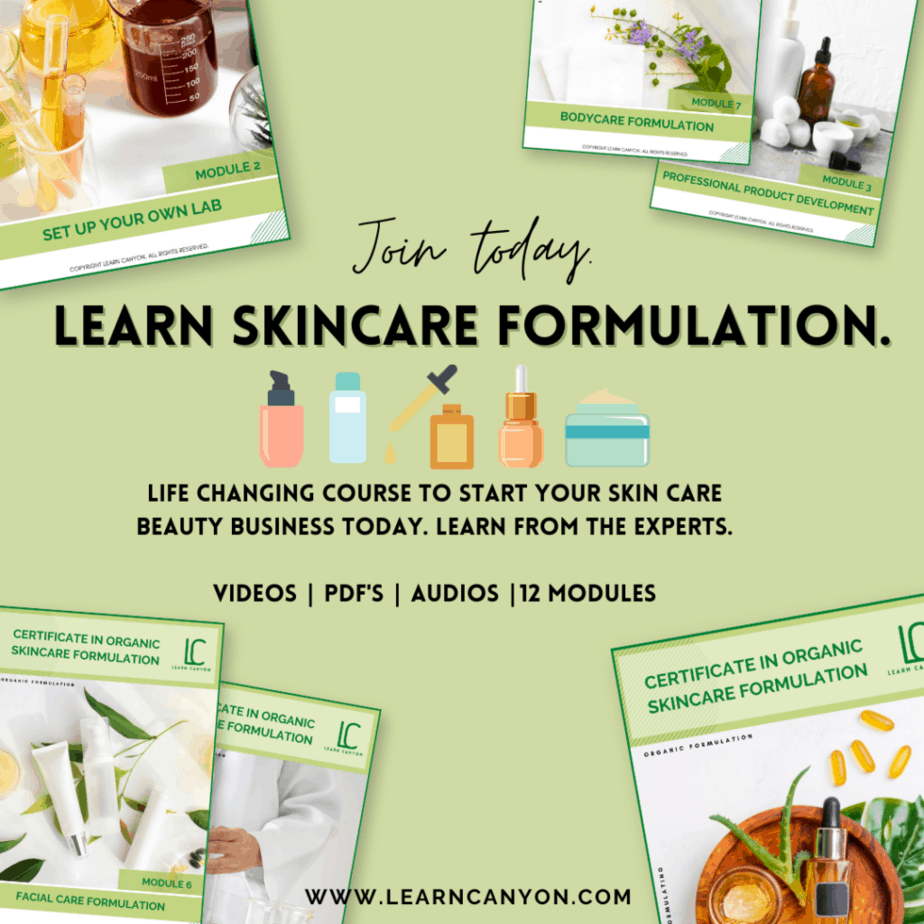
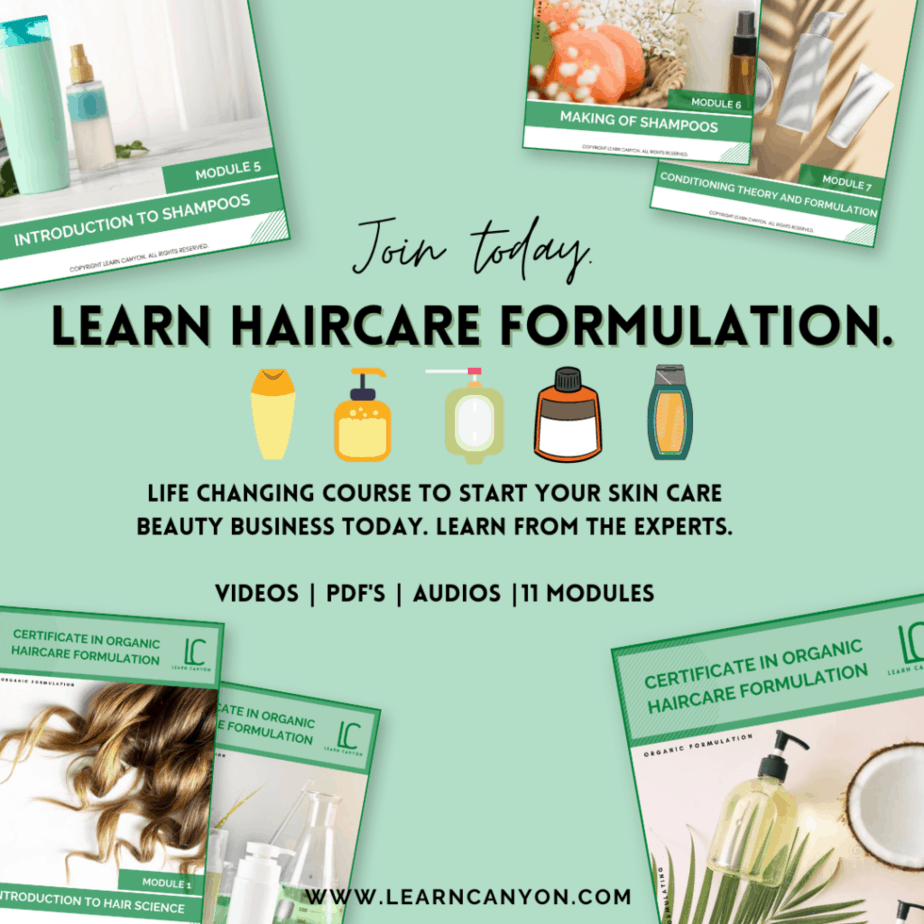
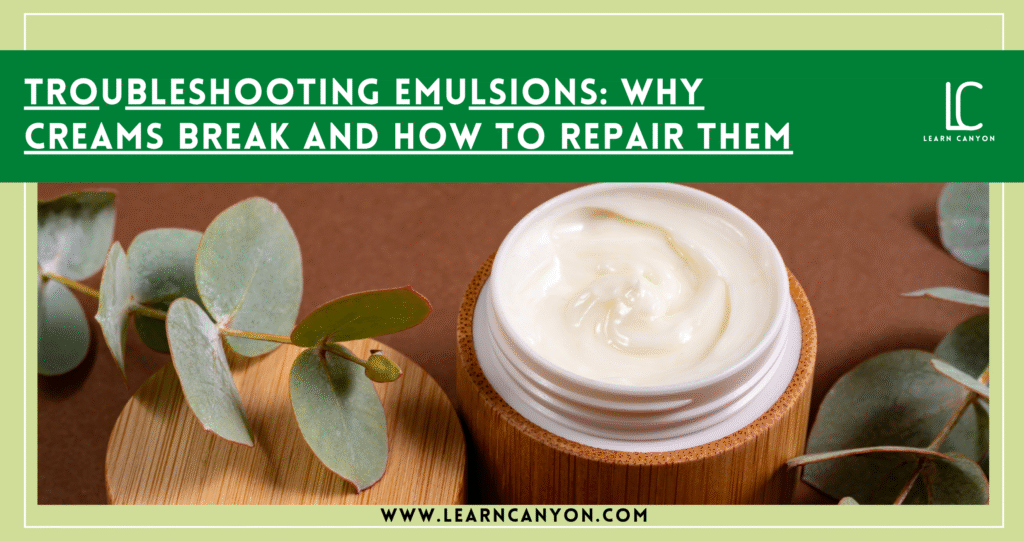

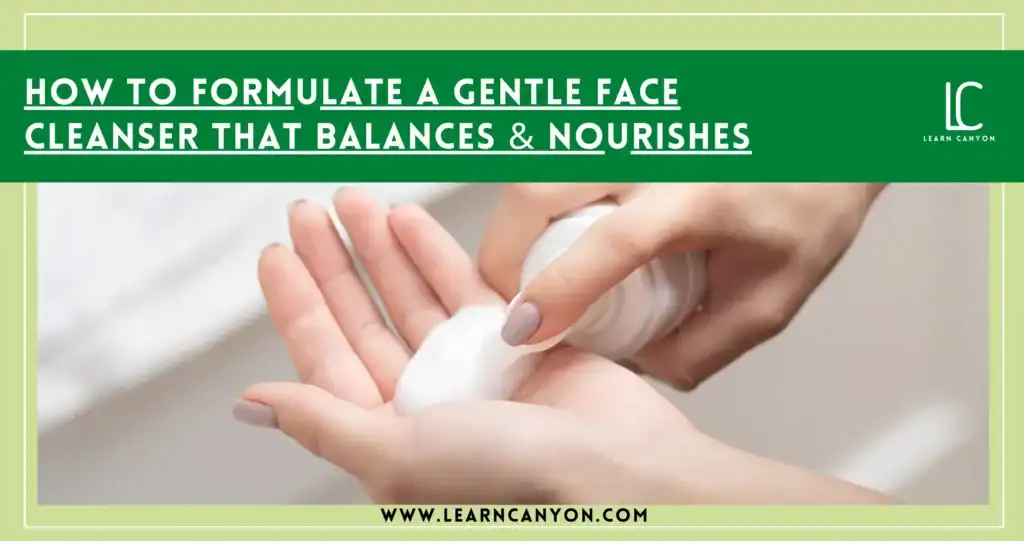
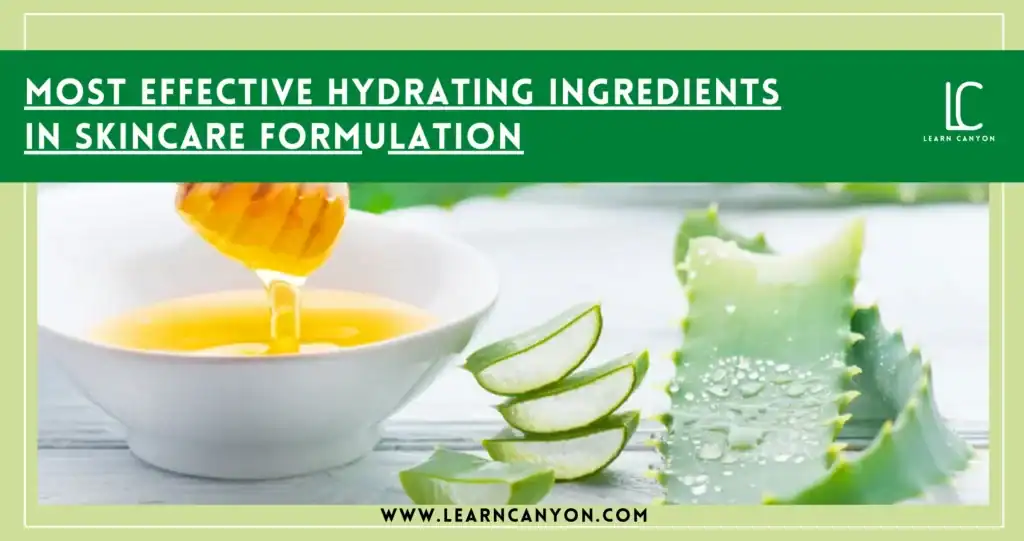
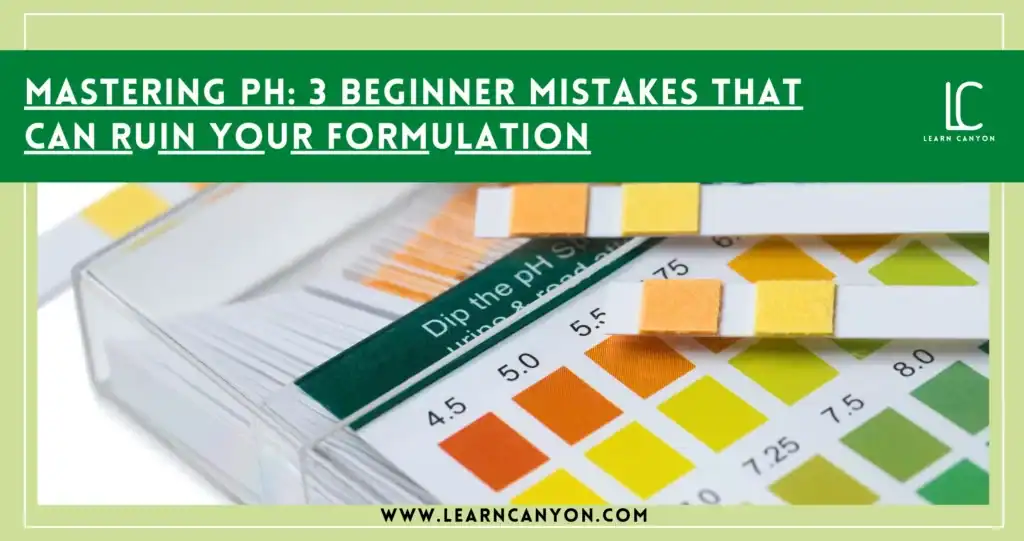



1 thought on “Troubleshooting Emulsions: Why Creams Break and How to Repair Them”
Great work and a kind gesture for all the formulators.
Very helpful article and a great motivation
Thank you